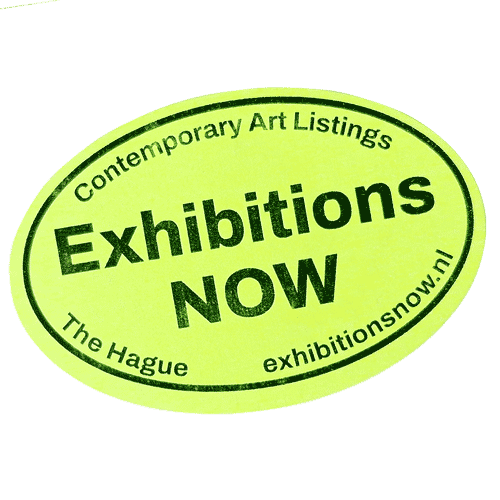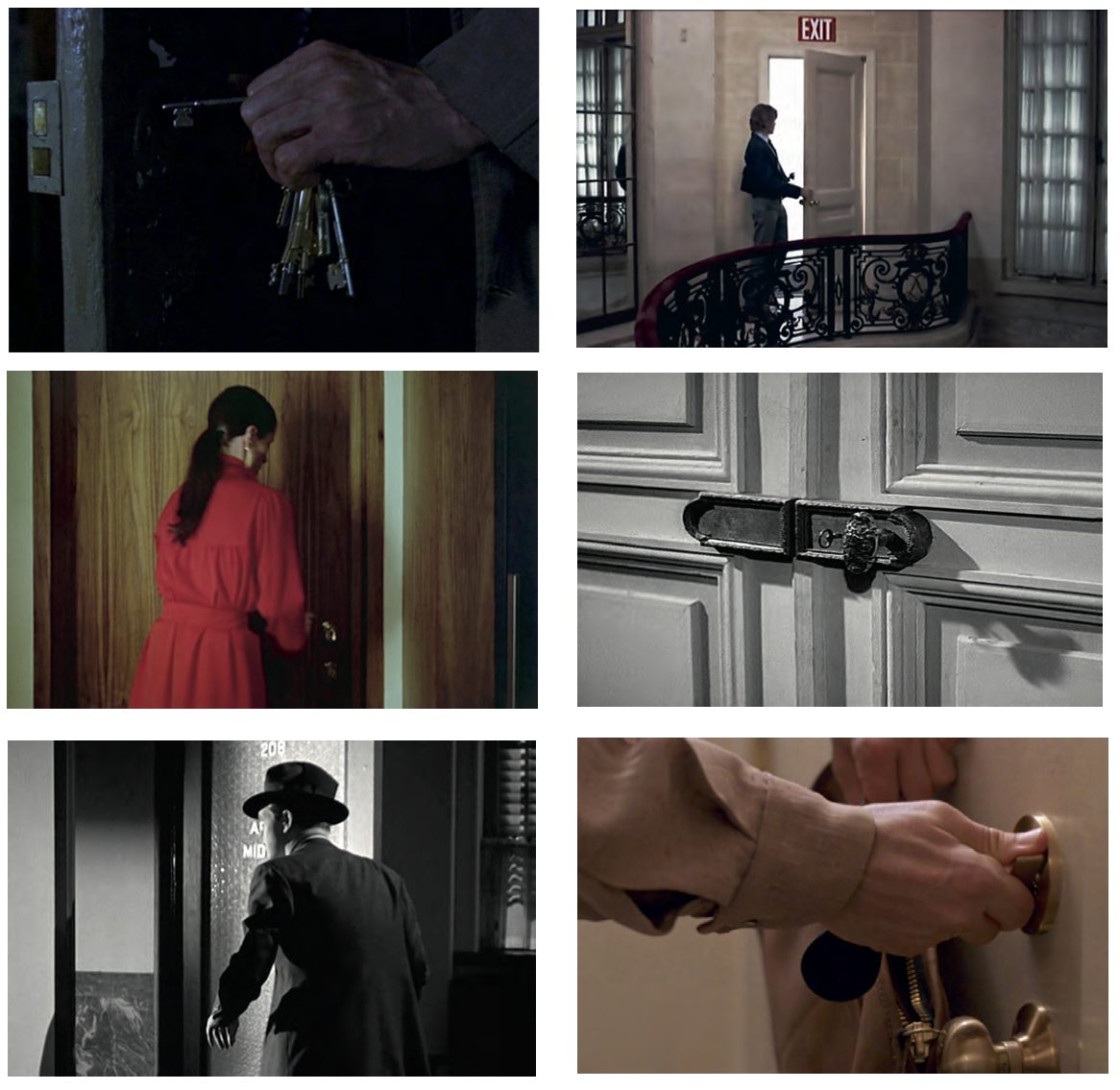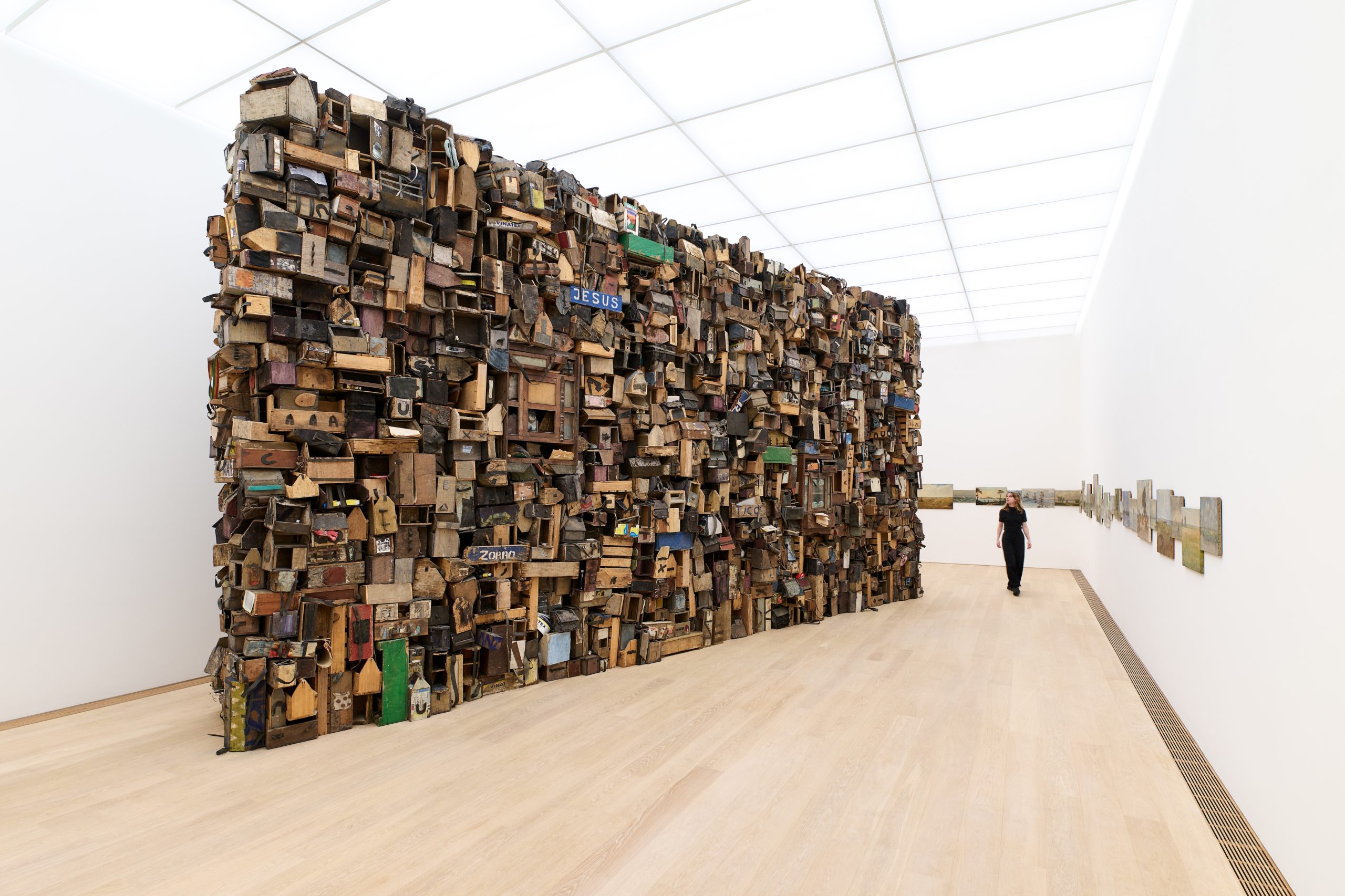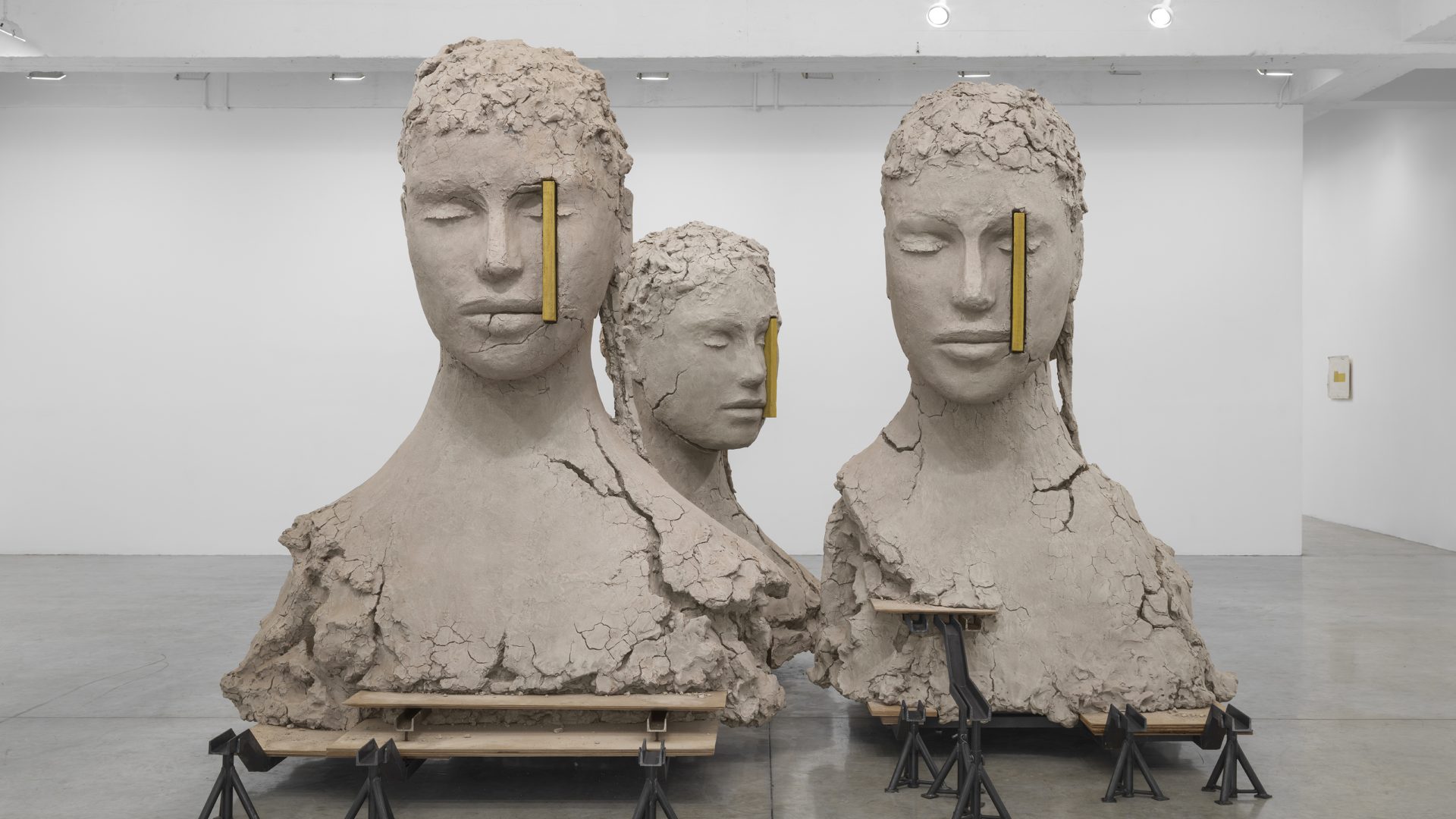For ten years, Christian Marclay collected film clips in which doors open or close. In the video installation Doors (2022), he edits them so that actors appear to walk, via an apparently infinite succession of doors, from one space into the next. Each cut occurs precisely at the moment someone passes through a doorway, granting access not only to the next film fragment but also to its new soundscape. Thanks to the virtuoso montage, the work unfolds as an almost labyrinthine odyssey, door after door.
Chrisitian Marclay’s moving-image collage Doors draws on clips spanning genres and eras – from silent cinema and the French New Wave to contemporary Hollywood blockbusters, in both black-and-white and colour. His montage connects dozens of film scenes via doorways in an endless loop, with no clear beginning or end. He creates a flow, an illusion of continuity, and a visual narrative that follows actors as they continue to walk through doors to ever-new spaces. Each cut transitions to a different film, allowing the actors to navigate endless passageways, architectural spaces, and time planes. Doors thus takes you on a journey through the boundless world of film.
‘Doors are fascinating objects, rich with symbolism. They can hide or reveal, express opposites of light or dark, exterior or interior, open or closed. […] They are commonplace, yet unfamiliar. We find ourselves wondering what is on the other side, where we may end up. There is fear and anxiety we associate with the unknown, but also anticipation and potential.’ – Christian Marclay
About Christian Marclay
Christian Marclay was born in California in 1955, raised in Switzerland and now lives and works in London. He has exhibited widely including solo exhibitions at Centre Pompidou in Paris, Museum of Contemporary Art in Tokyo and Tate Modern in London. In 2011, he was awarded the Golden Lion at the 54th Venice Biennale for ‘The Clock’. Christian studied at the Ecole Supérieure d’Art Visuel in Geneva and began experimenting in the late 1970s with records and turntables to mix sounds, soon making a name for himself as a pioneering deejay before becoming a visual artist.



